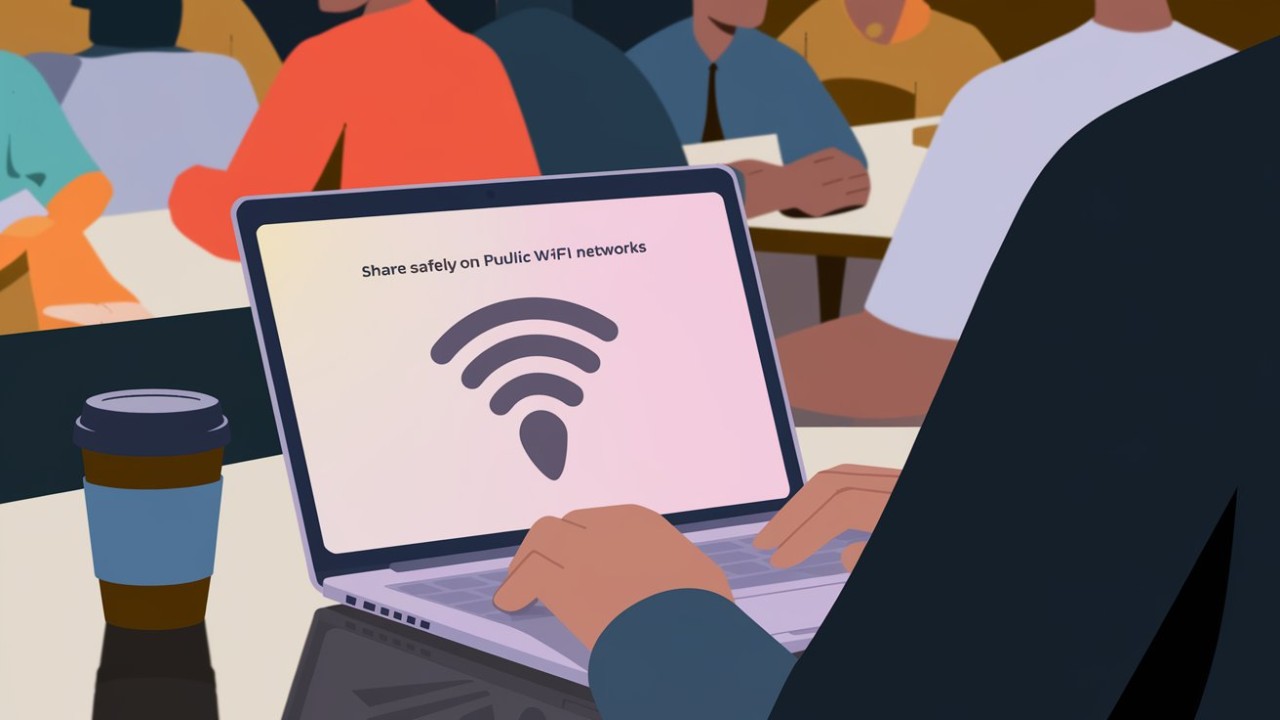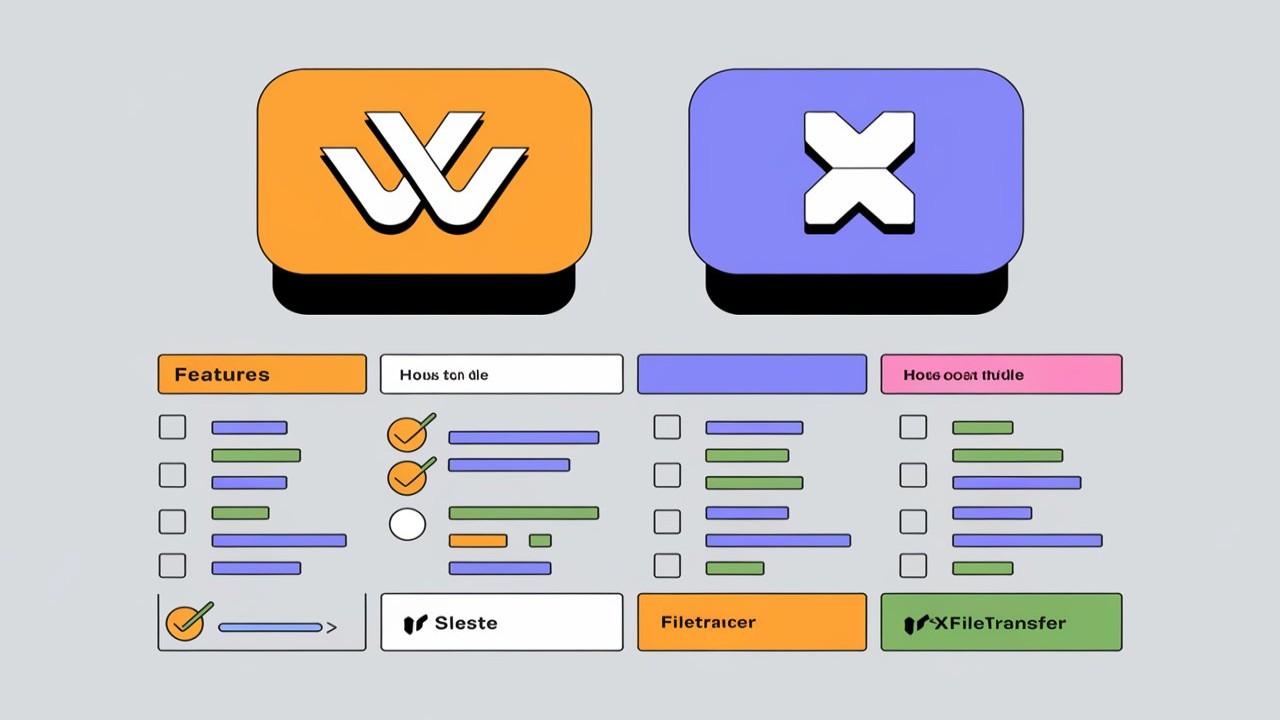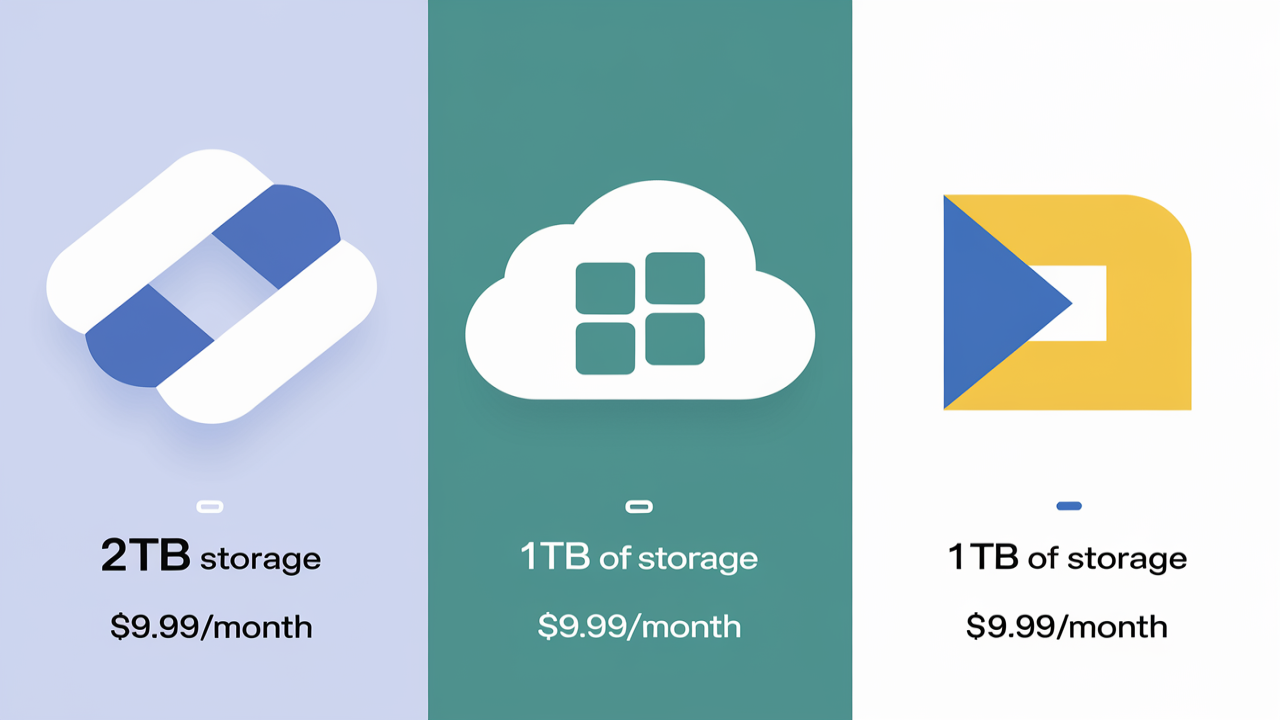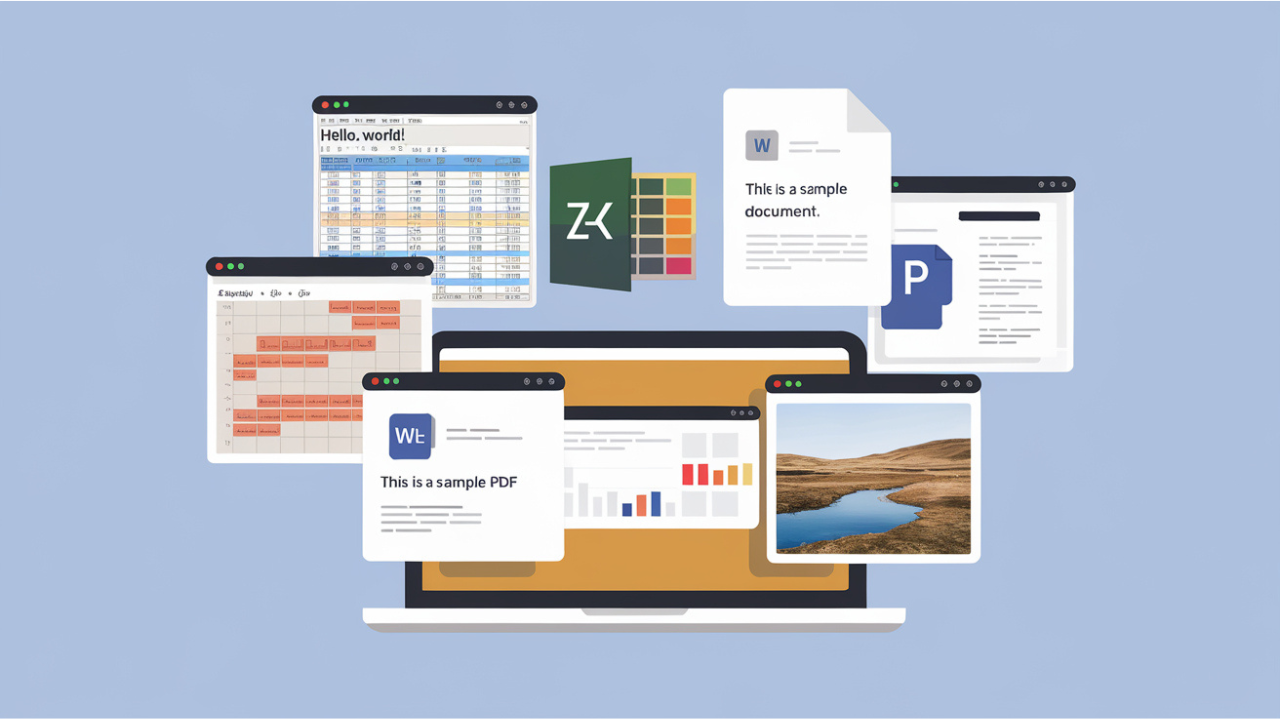First off, you’ll want to be cautious about the information you share. Think of public Wi-Fi like a crowded marketplace—would you shout your bank account details from the rooftops? Probably not! When you’re connected to a public network, avoid accessing sensitive information like banking apps or entering passwords whenever possible.
Is your heart racing? It doesn’t have to be! You can use a Virtual Private Network (VPN) to create a secure tunnel for your data. Imagine a secret passage that keeps your information safe from prying eyes. By encrypting your connection, a VPN makes it super tough for anyone else to snoop around.
Also, make sure to turn off file sharing. Leaving that option on is like leaving your front door wide open, inviting strangers to come in and peek around. Disabling it ensures that no one can access your files while you're blissfully busy streaming your favorite show.
Lastly, keep an eye out for HTTPS. When surfing the web, look for those little green padlocks in your browser. They’re like a friendly bouncer, signaling that the website you’re about to enter has secured its entrance and is a safer spot for your data.
So next time you settle down with your coffee, remember these tips. They’re your lifeline to ensuring that sharing on public Wi-Fi networks doesn’t turn into an accidental data leak!
Navigating Danger: Tips for Secure Sharing on Public Wi-Fi
When you connect to public networks, it’s like stepping into a crowded street with your wallet wide open. Anyone can peek at your information if you’re not careful! So, what can you do to keep yourself protected? First off, always use a VPN (Virtual Private Network). Think of it as your personal bodyguard, wrapping you in a protective layer that keeps your data encrypted and hidden from prying eyes. It’s a must-have for secure browsing on public Wi-Fi.
Next, avoid accessing sensitive information like banking or personal accounts. Imagine trying to write your diary in a crowded park—anyone could read over your shoulder! Instead, save those kinds of actions for a secure network at home. Also, try to stick with websites that have "HTTPS" in their URLs. It’s like the little lock symbol on your front door, ensuring that your data is securely transmitted and less likely to be intercepted.
Don’t forget to manage your device settings, either. Turning off sharing and enabling a firewall can make a huge difference. It's like adding extra locks to your door; the more obstacles you place in front of potential intruders, the safer you’ll be. Lastly, always remember to disconnect from the Wi-Fi when you're done. Leaving that door open is just asking for trouble. So, the next time you’re enjoying that brew, stay sharp, stay prepared, and navigate wisely!
Public Wi-Fi Perils: How to Safeguard Your Data While on the Go
When you connect to public Wi-Fi, it’s like walking into a crowded room with no security. Hackers can be lurking nearby, ready to snatch your personal information, and honestly, that’s a frightening thought! It’s not just about dodging a cyber villain; it’s about safeguarding your emails, bank details, and even those embarrassing selfies on your phone. So, how do you protect yourself while you’re on the go?
First up, consider using a Virtual Private Network (VPN). Think of it as a secret tunnel making your data invisible to prying eyes. It encrypts your online activity, so even if someone was eavesdropping, all they’d see is a jumble of nonsense. Pretty cool, right?
Also, take a moment to disable sharing settings. You wouldn’t invite a stranger to rummage through your belongings, so why let your devices share data unchecked? By turning off file sharing and making your device less discoverable, you’re building a little fortress around your information.
And hey, don’t forget about those pesky log-ins! Always use websites with HTTPS in the URL. It’s like a bouncer at the door ensuring that your connection is secure. Finally, keep your devices up to date; updates often patch security vulnerabilities, making it harder for hackers to pull off their underhanded schemes.
So next time you’re tempted by free Wi-Fi, remember: it’s a digital jungle out there! Stay sharp and protect your data like a pro.
Stay Secure: Essential Practices for Sharing Files Over Public Networks
First things first, always use a Virtual Private Network (VPN). Think of it as a secure tunnel that protects your data from nosy observers. It encrypts your internet connection, acting like a cloak of invisibility that keeps your online activities under wraps. So, even if someone tries to intercept your files, they’ll be greeted by a scrambled mess of data that’s utterly useless to them.
Next up, enable two-factor authentication (2FA) wherever possible. It’s like having an extra layer of security at your front door. Even if someone gets hold of your password, they can’t waltz in without that second verification step. This simple addition can shield you from countless headaches down the line.
Let’s not forget about file encryption. Imagine locking your valuables in a safe before heading out; that’s exactly what encryption does for your digital files. It converts your data into a code that requires a decryption key to access. So, even if your files get into the wrong hands, they’ll be nothing more than jumbled gibberish to anyone but you.
And remember, always avoid sharing sensitive information over unsecured channels like public Wi-Fi. It’s like shouting your secrets in a crowded room—best kept to a whisper among friends. By following these essential practices, you can enjoy the convenience of file sharing without sacrificing your security.
Wi-Fi Gullibility: Why Sharing on Public Networks Could Cost You
When you connect to a public Wi-Fi network, it’s like inviting every hacker in the vicinity to a party at your expense. The truth is, these networks often lack proper security. Imagine leaving your front door wide open while you step out for a coffee—sounds ridiculous, right? But that’s exactly what’s happening when you log into that “Free Wi-Fi” hotspot without a second thought.
Think about it: what’s more valuable than your money? Your personal information! It’s like a treasure chest, and when you share on unsecured networks, you’re handing out the map to that treasure. Cybercriminals can easily access sensitive data, like passwords or banking info, just by lurking on the same network. It’s the digital equivalent of leaving your wallet on the table and stepping away without a care.
But wait, there's more! Ever heard of “man-in-the-middle” attacks? It sounds fancy, but it’s just a way for hackers to eavesdrop on your connection like a nosy neighbor. They can intercept your data without you even realizing it. So, while you’re happily sending memes to your friends, someone else is quietly stealing your secrets.
So, before you connect to that free Wi-Fi at your local hangout, pause for a moment. Is saving a few bucks worth the risk of losing your peace of mind and personal data? Think of it as protecting your home—always lock the door before leaving!
Unplugged Safety: How to Share and Surf Safely on Public Wi-Fi
When connected to public Wi-Fi, you’re like an open book on a park bench. Anyone can take a peek! To protect yourself, start by never accessing sensitive information—your banking stuff or private emails—without a secure connection. It’s like trying to whisper your secrets in a crowded bar; the likelihood of someone eavesdropping is high.
Another solid safety tip is to use a Virtual Private Network (VPN). It’s your invisible cloak while surfing the web, encrypting your data and making it nearly impossible for hackers to spy on your online activities. Imagine strolling through a crowded market, but with a force field around you—sounds reassuring, right?
You should also steer clear of logging into important accounts—social media included—while on public networks. Why? Because it’s the digital equivalent of leaving your keys in the ignition of your car in a sketchy neighborhood. That little careless moment can lead to stolen information faster than you can say “data breach.”
Lastly, remember to turn off sharing settings and ensure your firewall is active. Think of your device as your home; you wouldn’t leave the doors wide open to strangers. So, when you're out and about and see that enticing Wi-Fi network, ask yourself: Is it worth the risk? Keep these tips in mind to glide through the public Wi-Fi world without a hitch.
The Risks of Convenience: Sharing Securely on Public Wi-Fi Explained
When you connect to public Wi-Fi, it’s like throwing your private data into a shark-infested pool. Hackers lurk around, ready to snatch passwords, credit card numbers, and anything else they can get their hands on. Imagine writing a postcard, only to find someone peeking over your shoulder, reading every word. That's what using unsecured Wi-Fi can feel like. If you’re not careful, your sensitive info can pass into the wrong hands in seconds.
You might think, “I’ll just use my bank’s app; surely that’s safe!” But can you guarantee that the network isn't being monitored? Not even the big banks are immune to cyber attacks, and a public network can be the weak link in your otherwise secure connection. Are you uncomfortable yet? You should be.
So what can you do? First off, avoid accessing anything sensitive while on public Wi-Fi. If you absolutely must, consider a VPN, a virtual private network that acts like a secret tunnel for your data. This adds an extra layer of protection; it’s like putting a lock on your online diary.
Public Wi-Fi: The Double-Edged Sword of Connectivity and Risk
Let’s break it down. When you log onto public Wi-Fi, like at a library or a hotel, you're throwing open the door to your personal data. Think of it as an open house where anyone can stroll in. Cybercriminals often hang around these networks, just waiting to pounce on unprotected devices. They can snatch your login info, bank details, or even sensitive emails in the blink of an eye. Scary, isn’t it?
So, how do you wave goodbye to the dark side of free Wi-Fi? First things first: make sure you're connected to HTTPS sites. It’s like having a safety net while you're high above the ground. Additionally, using a Virtual Private Network (VPN) can encrypt your data, adding an extra layer of security that keeps the bad guys at bay.
But here's a fun twist—you can still enjoy the perks of public Wi-Fi while keeping your data safe. Just like riding a bike with a helmet, a little precaution goes a long way. So, next time you log in to that tempting Wi-Fi signal, weigh the risks and take steps to protect yourself. After all, enjoying the digital world shouldn’t come at the cost of your personal safety!






Comments (0)